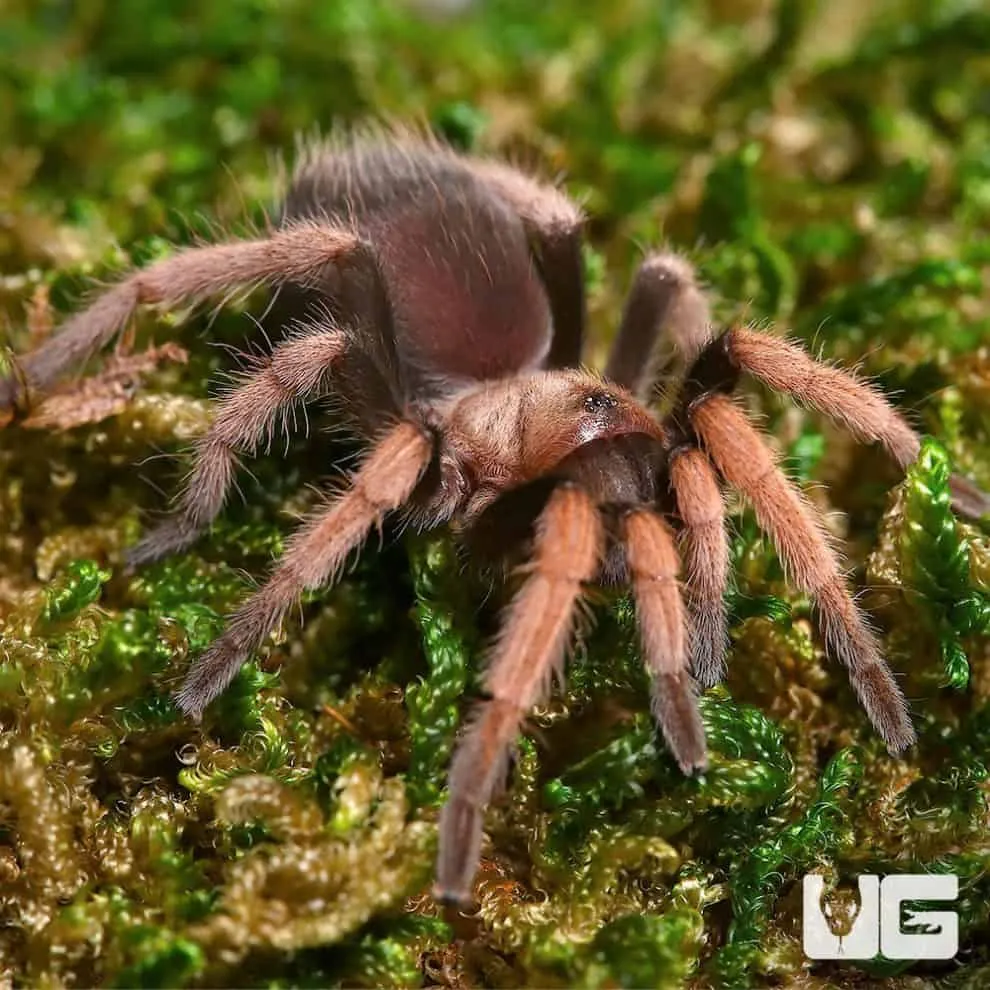Aggressive Curly Hair Tarantula Behavior
The Curly Hair Tarantula (Tliltocatl albopilosus), a popular pet due to its relatively docile nature, can sometimes exhibit aggressive behaviors. Understanding the factors that contribute to this aggression is crucial for responsible pet ownership and ensuring the safety and well-being of both the tarantula and its keeper. This article explores the nuances of aggressive behavior in Curly Hair Tarantulas, offering insights into why they might display such actions and how to manage them effectively. The goal is to equip owners with the knowledge to create a harmonious environment, fostering a positive relationship with these fascinating creatures. We will delve into the various aspects that influence a Curly Hair Tarantula’s temperament, providing a comprehensive guide to understanding and addressing aggressive tendencies.
Understanding Curly Hair Tarantula Temperament
Curly Hair Tarantulas are generally known for their gentle disposition. However, like any animal, their personalities can vary. Some individuals may be more prone to displaying defensive or aggressive behaviors than others. This variation is often influenced by a combination of genetic factors, environmental conditions, and past experiences. Recognizing the typical temperament of a Curly Hair Tarantula is the first step toward understanding any deviations from this norm. Observing your tarantula’s behavior over time can help you establish a baseline and identify any changes that might indicate stress or aggression. This includes paying attention to their feeding habits, how they react to disturbances, and their overall activity levels. By familiarizing yourself with your tarantula’s individual quirks, you can better interpret its behavior and respond appropriately.
Factors Influencing Aggression
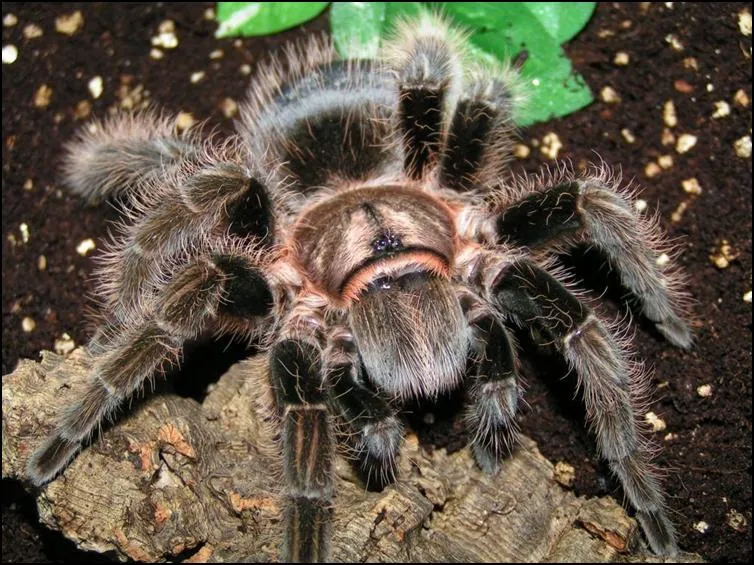
Several factors can trigger aggressive behavior in Curly Hair Tarantulas. These include territoriality, environmental stress, and hormonal influences. For example, a tarantula might become aggressive if it feels its space is threatened, especially during molting or when it’s protecting its burrow. Environmental factors such as inadequate temperature, humidity, or substrate can also contribute to stress, leading to defensive postures or aggressive actions. Hormonal changes, particularly during the mating season, can make both male and female tarantulas more irritable. Understanding these factors is crucial for creating an environment that minimizes stress and promotes a calmer demeanor. This might involve ensuring the enclosure is appropriately sized, providing a suitable substrate for burrowing, and maintaining optimal temperature and humidity levels. Regular monitoring and adjustments based on your tarantula’s behavior are essential for a happy and healthy pet.
Handling and Interactions
Handling Curly Hair Tarantulas should always be approached with caution. While they are generally not as aggressive as some other tarantula species, they can still bite if they feel threatened. It’s generally recommended to avoid handling them unless absolutely necessary, such as for cage maintenance or health checks. When handling is required, do so gently and slowly, avoiding sudden movements that could startle the tarantula. Always supervise children and ensure they understand the importance of respecting the tarantula’s space. If your tarantula shows signs of aggression, such as raising its front legs or flicking hairs, it’s best to leave it alone and try again later. Never try to force interaction, as this will likely escalate the situation and potentially lead to a bite. Building a positive relationship with your tarantula requires patience, observation, and a deep understanding of its needs and behaviors.
Top 5 Aggressive Behavior Facts
Fact 1 Territorial Defense
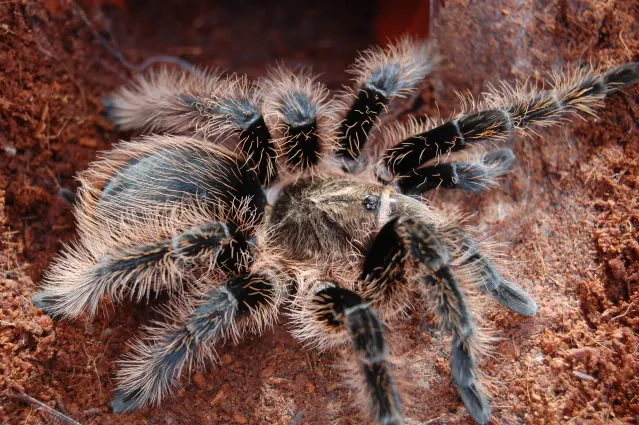
Curly Hair Tarantulas are territorial, especially in their enclosures. They will defend their space aggressively if they perceive a threat. This territorial behavior is more pronounced when they are molting, as they are at their most vulnerable, or when they have recently eaten. Any perceived intrusion, whether it’s a hand entering the enclosure or a disturbance to their environment, can trigger a defensive reaction. This can manifest as a threat display, such as raising their front legs or showing their fangs, or, in more extreme cases, a strike or bite. Understanding this territoriality helps in designing a safe and secure enclosure and handling practices. Keeping the environment stable and minimizing disturbances is key to preventing territorial aggression. Providing a secure burrow or hiding spot can also help the tarantula feel safer and less prone to defensive behaviors.
Fact 2 Defensive Postures
Defensive postures are a common precursor to more aggressive behaviors. A Curly Hair Tarantula will often display warning signs before resorting to a bite. These include raising their front legs in a threat posture, exposing their fangs, or flicking urticating hairs (small, irritating hairs) towards the perceived threat. The tarantula may also adopt a defensive stance, attempting to appear larger and more intimidating. Recognizing these postures is crucial for preventing a bite. If you observe these behaviors, it’s essential to back off immediately and give the tarantula space. This allows it to calm down and avoid escalating the situation. Always observe your tarantula carefully and learn to interpret its body language. Knowing how to read these cues is vital for responsible tarantula ownership.
Fact 3 Venom and Bite
While the venom of a Curly Hair Tarantula is not considered lethal to humans, a bite can still be painful and cause localized symptoms such as redness, swelling, and muscle cramps. The severity of the reaction can vary depending on the individual and the amount of venom injected. Most bites are a result of the tarantula feeling threatened or startled. It’s rare for these tarantulas to bite unless they are directly provoked. If you are bitten, it’s important to remain calm and clean the wound with soap and water. Seek medical attention if symptoms worsen or if you experience any allergic reactions. Always handle tarantulas with caution and respect to minimize the risk of bites. Proper handling techniques and a good understanding of their behavior are the best defenses against bites.
Fact 4 Stress and Environment
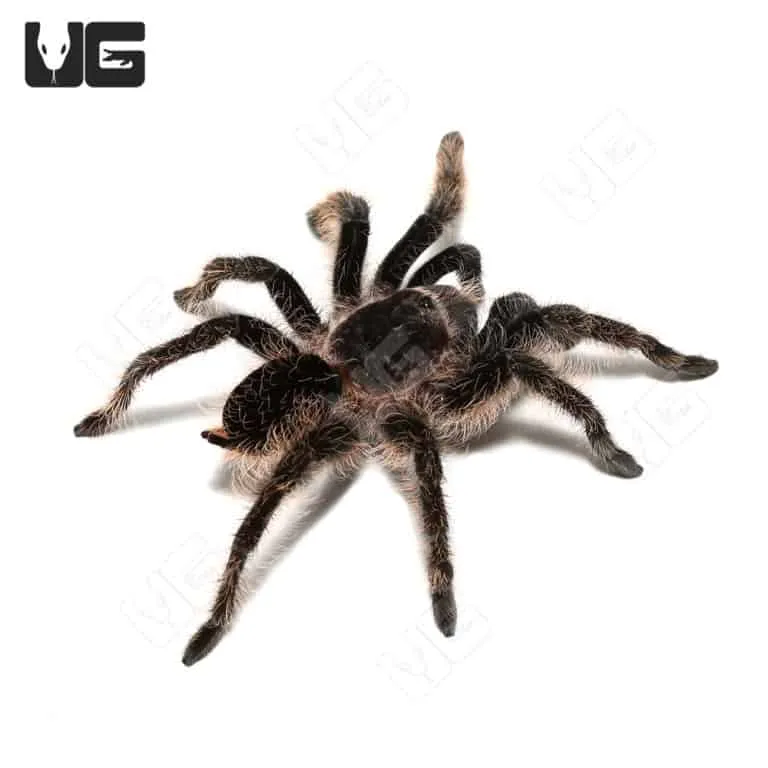
Environmental factors play a significant role in a Curly Hair Tarantula’s stress levels and aggression. Inadequate conditions, such as incorrect temperature or humidity, can cause stress, making the tarantula more likely to exhibit defensive behaviors. A poorly designed enclosure, lacking in hiding places or appropriate substrate for burrowing, can also contribute to stress. Regular disturbances, such as loud noises or excessive handling, can further exacerbate the problem. Creating an optimal environment is key to minimizing stress and promoting a calm demeanor. This includes maintaining a stable temperature and humidity, providing a deep substrate for burrowing, and offering plenty of hiding places. Regular monitoring of the tarantula’s behavior, combined with adjustments to its environment, can ensure the tarantula is as stress-free as possible.
Fact 5 Mating Behavior
During mating season, both male and female Curly Hair Tarantulas can exhibit increased aggression. Males may become more restless and defensive as they search for a mate, while females can be particularly aggressive, especially if they are not receptive to mating or are guarding their eggs. The male tarantula must approach the female carefully and perform a mating dance to avoid being attacked. This behavior is a natural part of their reproductive cycle, and it is important to be aware of this when housing tarantulas together. If you are breeding Curly Hair Tarantulas, it’s important to have a plan for separating them after mating and providing the female with a suitable egg-laying environment. Always supervise the interactions between males and females and be prepared to intervene if aggression becomes excessive. Understanding the mating behavior is essential to ensure the safety of both the male and the female tarantula.
Reducing Aggression
Creating a Safe Habitat
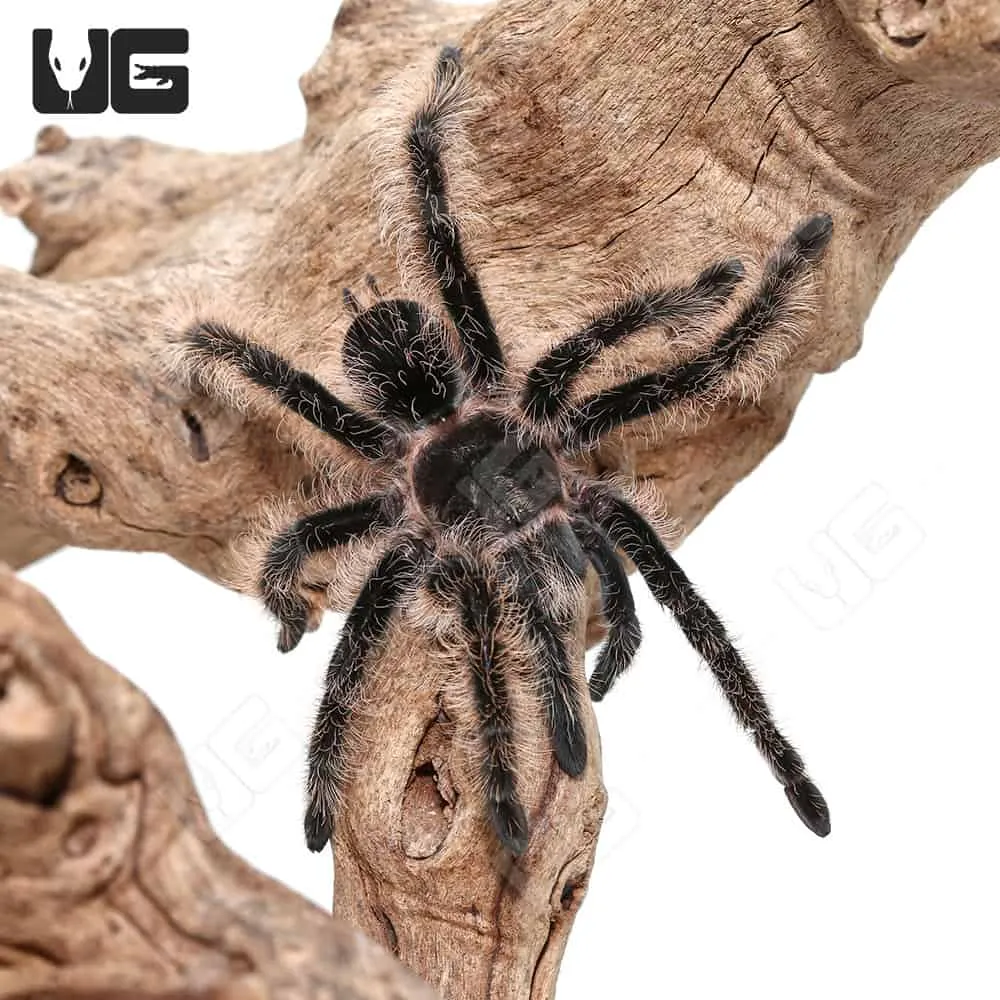
Creating a safe and comfortable habitat is paramount in reducing a Curly Hair Tarantula’s aggression. This involves providing a spacious enclosure with appropriate substrate, temperature, and humidity levels. The enclosure should include several hiding places, such as cork bark, artificial plants, or a pre-made hide, to allow the tarantula to feel secure. A deep substrate is essential for burrowing, which is a natural behavior for this species. Regularly monitor the temperature and humidity, adjusting as needed to maintain optimal conditions. Avoid placing the enclosure in a high-traffic area or near loud noises, which can stress the tarantula. A well-designed and maintained habitat will reduce the likelihood of stress-related aggression, leading to a calmer and more content tarantula. Providing a varied diet and ensuring access to fresh water is also crucial for their overall well-being.
Proper Handling Techniques
When handling is necessary, using proper techniques is vital for minimizing the risk of aggression. Approach the tarantula calmly and slowly, avoiding sudden movements or loud noises. If possible, coax the tarantula into a container before attempting to handle it. Always support the tarantula’s body, avoiding any actions that might startle or threaten it. Handle the tarantula over a soft surface, such as a bed or a carpeted floor, in case it falls. If the tarantula shows any signs of aggression, such as raising its front legs, immediately cease handling and allow it to retreat. Regular handling is generally not recommended for Curly Hair Tarantulas, as it can contribute to stress. When handling is required, prioritize the tarantula’s safety and well-being, proceeding with caution and respect.
Observing Body Language
Learning to read a Curly Hair Tarantula’s body language is crucial for preventing aggression. Pay close attention to their posture, movements, and overall demeanor. Early warning signs of aggression include raising front legs, exposing fangs, or flicking urticating hairs. Defensive behaviors, such as hunching or attempting to retreat, should also be noted. Regularly observing your tarantula will allow you to recognize its individual personality and detect any changes in its behavior. Understanding these subtle cues will help you avoid triggering aggressive responses and ensure a safe interaction. By being attentive to the tarantula’s body language, you can create a more harmonious environment and enhance your understanding of this fascinating species. This ongoing observation is essential for responsible pet ownership and maintaining a healthy relationship with your Curly Hair Tarantula.
Conclusion
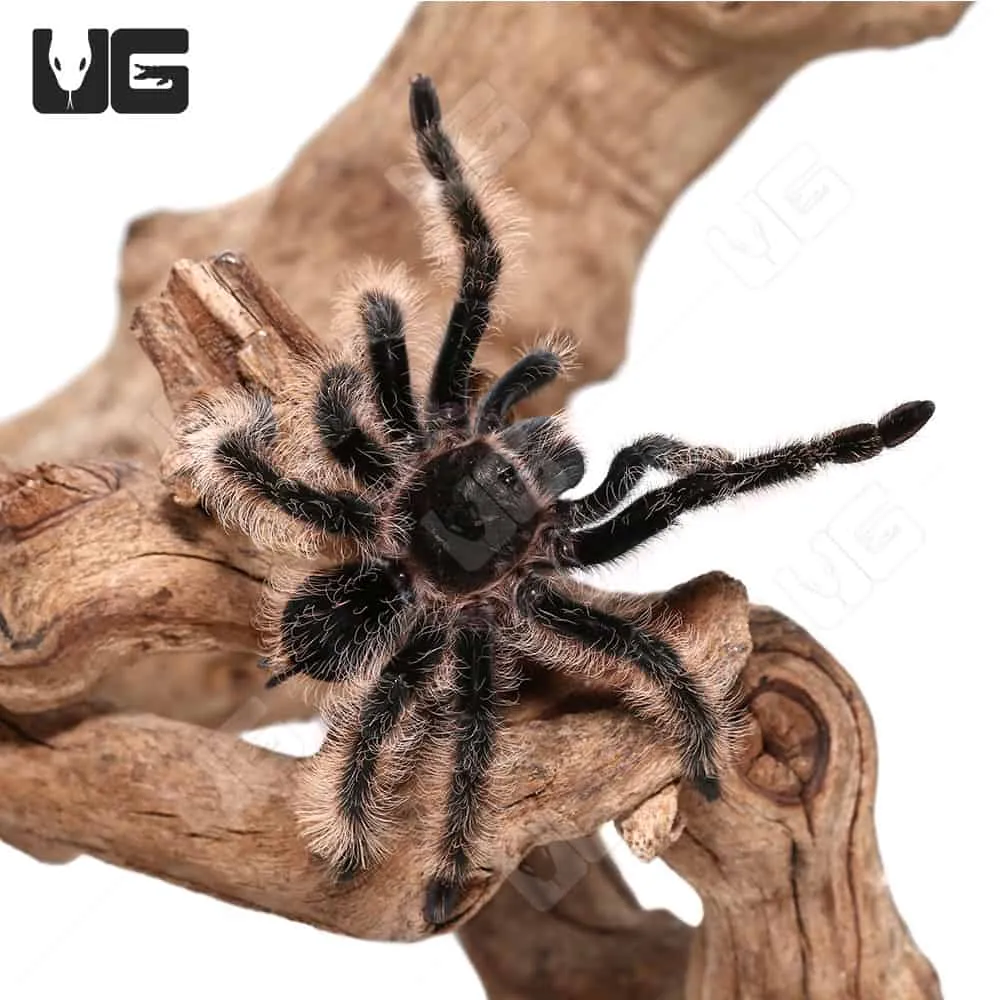
Understanding and managing aggressive behavior in Curly Hair Tarantulas is crucial for ensuring the safety and well-being of both the tarantula and its keeper. By recognizing the factors that influence aggression, creating a safe and comfortable habitat, and using proper handling techniques, you can minimize the risk of defensive behaviors. Continuous observation of your tarantula’s body language and recognizing its individual personality are essential for a positive and fulfilling experience. Responsible ownership involves patience, understanding, and a commitment to providing the best possible care for these captivating creatures. By following these guidelines, you can build a strong bond with your Curly Hair Tarantula while keeping it safe and content. With the correct approach, owning a Curly Hair Tarantula can be a rewarding experience, offering a unique opportunity to appreciate the beauty and complexity of the natural world.
